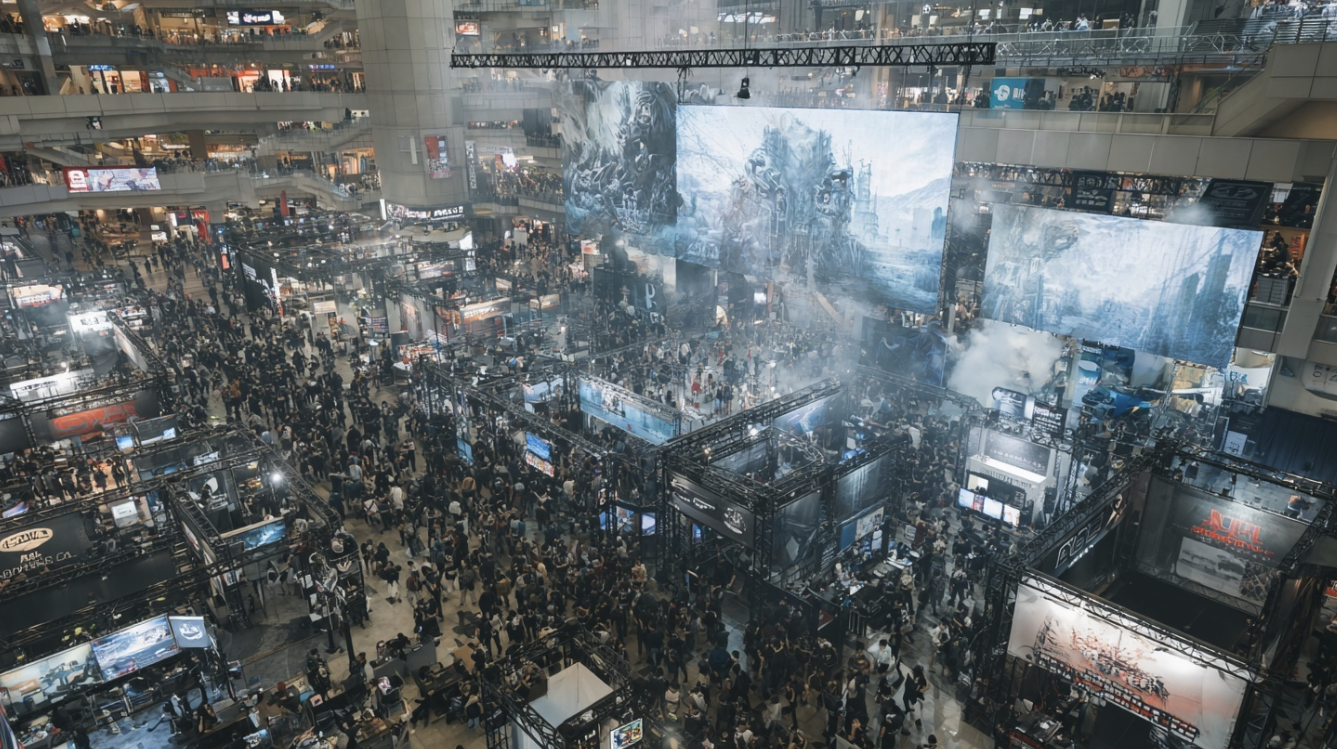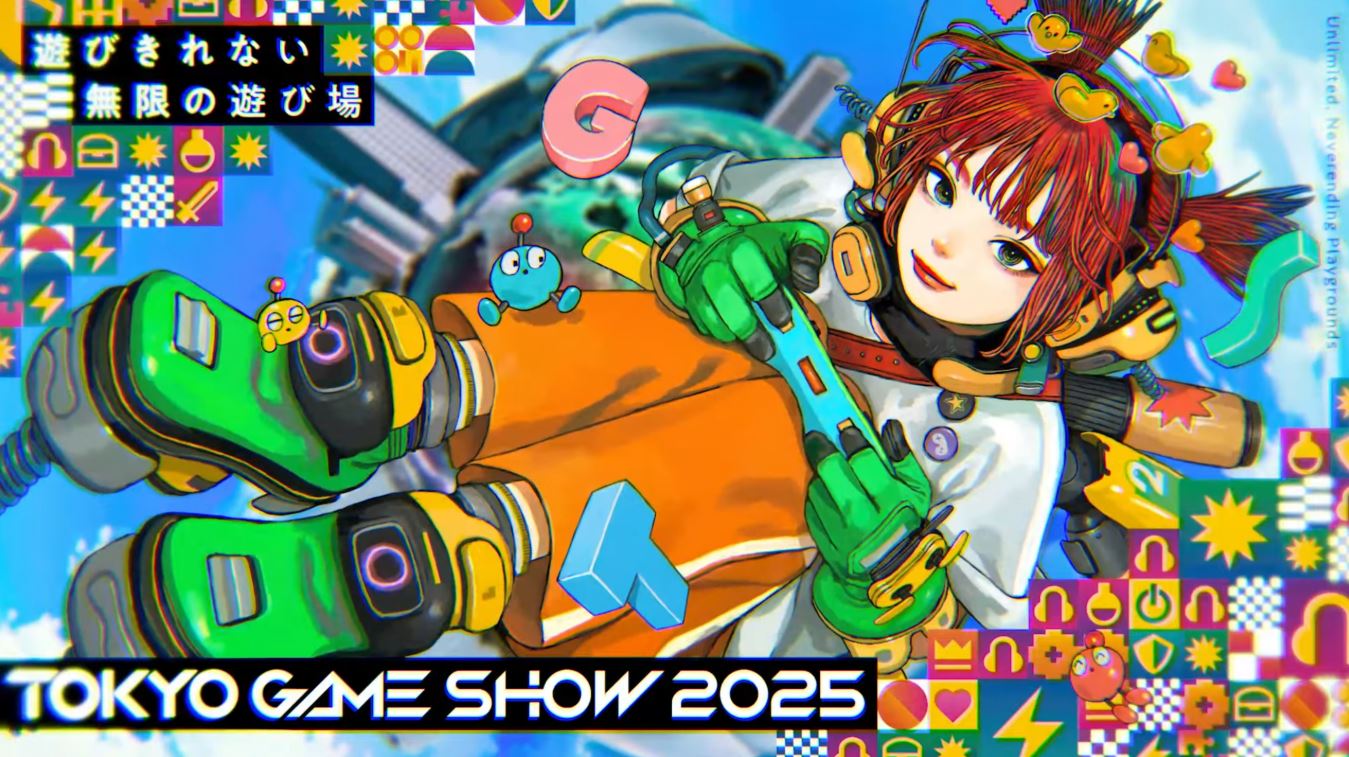2025 Japan Games: Majority AI-Driven — 32% on Engines, $49K Salary Ceiling

In 2025, the integration of AI into Japan’s game development industry reached a pivotal point, with over half of Japanese game companies actively using AI in their development process .
These findings come from a CESA industry survey conducted mid-2025, which revealed that 51% of domestic game studios have adopted generative AI tools in some capacity .
Such broad uptake indicates that AI is no longer experimental or confined to a few pioneers, but has entered the active development workflows of the Japanese game industry.
The technical use cases of AI in these studios span multiple areas of game production.
According to the survey, the most common use of AI is in generating visual assets – for example, creating character models or background artwork automatically .
The next most cited applications are story and text generation, such as drafting dialogue or item descriptions, and programming assistance (AI helping to write or optimize code) .
Notably, nearly 32% of the surveyed companies reported using AI to assist in developing their own game engines – an advanced use case indicating AI’s role in core engine design .
In other words, AI in Japan is not just used for minor tasks, but is helping build the very foundation of game development technology .
Concrete examples from leading Japanese developers illustrate how these AI applications work in practice.
Level-5, for instance, has been an early adopter of AI – the studio used image-generation models like Stable Diffusion to upscale and create art assets (such as background graphics) and employed GitHub Copilot to assist with coding .
This allowed Level-5’s artists and programmers to offload routine work to AI, focusing more time on creative and complex tasks.
Capcom’s R&D team has similarly experimented with generative AI models (such as Google’s Gemini and Imagen) to brainstorm and prototype in-game content .
Specifically, Capcom uses AI to quickly generate filler background objects (like a room’s furniture or décor), which helps free up developers’ time and resources .
Capcom’s technical directors have noted that this approach can funnel more effort into the game’s high-priority content and ultimately improve quality .
Meanwhile, Sega has taken a systematic approach: it established an internal “Generative AI Committee” to integrate AI tools (for image, motion, and code generation) across its development teams in a structured way .
Sega’s initiative ensures that AI adoption is coordinated and standardized – after internal testing of these tools, the company aims to roll them out broadly to boost efficiency in game production .
It is worth noting that not every Japanese developer is rushing into AI.
Nintendo, for example, has so far maintained a cautious stance on generative AI.
Nintendo’s leadership, including President Shuntaro Furukawa, have expressed concern that AI-generated content could pose issues with intellectual property and originality, so they prefer a wait-and-see approach .
This hesitancy underlines an industry-wide balancing act: embracing AI for its efficiency gains versus protecting creative integrity and rights. 。
Indeed, many studios (in Japan and abroad) have adopted AI with the philosophy that it is a powerful assistive tool – speeding up workflows – but not a replacement for human creativity .
Japan’s AI adoption trend parallels developments in other major game markets, though with some differences in scale and attitude.
In the United States and Europe, a majority of game studios are also integrating AI into development.
For instance, a 2025 GDC survey reported that 52% of game developers globally work at companies that have implemented generative AI tools .
Likewise, Unity’s 2024 report found that about 62% of game development teams were already leveraging AI to boost productivity and reduce development time .
The use cases for AI outside Japan mirror those seen in Japan.
Developers worldwide employ AI for procedural content generation (auto-creating level layouts, art, and even music or sound effects), for dynamic NPC behavior and game balancing, and for automating tedious tasks.
In fact, surveys indicate many studios are using AI to improve NPCs and game worlds – one report noted 56% of developers have adopted AI to optimize NPC behavior and content in their games .
AI is also being applied to testing automation: from bug detection to automated playtesting, AI tools help QA teams find issues faster and reduce testing time .
Another growing area is localization – AI-driven translation and voice synthesis can accelerate the process of translating game text and dialog into multiple languages, although human translators and editors still oversee final quality.
Globally and in Japan, these AI applications aim at the same goal: to streamline development and enable smaller teams to accomplish more, all while trying to maintain the creative vision and polish that gamers expect.
Despite AI’s proliferation in development, Japan’s game industry still operates with comparatively lower developer salaries than some of its international counterparts.
The average annual salary for a game developer in Japan is around ¥7–8 million (approximately $49,000 USD) .
This figure is modest next to the United States, where game developers often earn well above $100,000 per year on average .
Even within Asia, Japanese salaries are on the lower side: industry estimates suggest that China’s game developers have an average compensation roughly on par with or slightly higher than Japan’s (around $50–70k annually) , while South Korean developers earn about $40k on average .
These disparities in pay reflect different market conditions and cost of living, but they also highlight a challenge for Japan: competing for AI and game development talent globally.
As AI expertise becomes increasingly valuable, Japanese companies may need to offer more competitive compensation to attract and retain skilled developers, especially compared to the higher salaries in the US and the aggressive tech sector in China.
In summary, more than half of Japanese game companies are now leveraging AI as of 2025, integrating it into everything from content creation to engine development.
This marks a transformative shift in Japan’s game development practices: AI has moved from theoretical potential to a practical toolset driving real-world production gains .
Japanese studios are using AI to generate art, write dialogue, code features, test games, and even build engines, often significantly accelerating workflows that traditionally took extensive time and labor.
At the same time, developers and executives remain mindful of AI’s limitations and risks – from intellectual property issues to maintaining human creativity – adopting the technology in a measured, responsible way. 。
Japan’s approach in 2025 is thus one of pragmatic innovation: embracing the efficiency and new possibilities afforded by AI, while striving to preserve the artistic quality and originality that define the gaming experience.
Reference:













